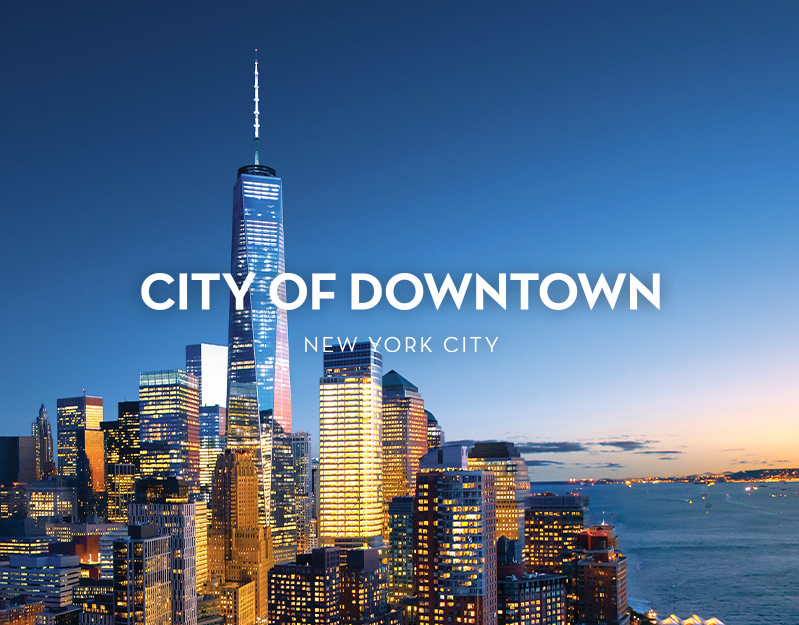An app for Cinépolis, a national theater to attract and retain customers in their online system. Create a product that can compete in the market, improve sales, and increase customer satisfaction.
Create an app for Cinépolis, a national theater chain, aimed at attracting and retaining customers within their online ecosystem. Develop a competitive product that enhances market position, boosts sales, and elevates customer satisfaction.
My Role
Conducting interviews, paper and digital wireframing, low and high-fidelity prototyping, conducting usability studies, accounting for accessibility, iterating on designs, determining information architecture, and mobile app design.
Conducting interviews, paper and digital wireframing, low and high-fidelity prototyping, conducting usability studies, accounting for accessibility, iterating on designs, determining information architecture, and mobile app design.
User Research | Wireframes & Prototype | Usability Testing | Visual & UI Design
Project for Google UX Design Professional Certificate
The Design Process
Empathize & Define | The User
I conducted interviews and created empathy maps to understand the users I’m designing for and their needs. A primary user group identified through research was working adults who likes to go to theater and purchase their tickets in advance. This user group confirmed initial assumptions about Cinépolis’ customers, but research also revealed that time was not the only factor limiting users from purchasing tickets on app. Other user problems included schedule, interests, food ordering, or challenges that advance ticket purchase wasn’t available.
Pain Points
Time
Working adults are too busy to stand in line at theater to purchase tickets & food.
Time
Working adults are too busy to stand in line at theater to purchase tickets & food.
Accessibility
Apps for purchasing movie tickets can be complicated and not easy to navigate.
Apps for purchasing movie tickets can be complicated and not easy to navigate.
Feedback
Not able to watch previews, read reviews or ratings of a movie.
Not able to watch previews, read reviews or ratings of a movie.
User Personas
User Journey Map
Ideation & Prototype | The Design
Paper Wireframes
Taking the time to draft iterations of each screen of the app on paper ensured that the elements that made it to digital wireframes would be well suited to address user pain points. For the home screen, I prioritized a quick and easy movie selection process to help users save time.
Taking the time to draft iterations of each screen of the app on paper ensured that the elements that made it to digital wireframes would be well suited to address user pain points. For the home screen, I prioritized a quick and easy movie selection process to help users save time.
Digital Wireframes
As the initial design phase continued, I made sure to base screen designs on feedback and findings from the user research.
As the initial design phase continued, I made sure to base screen designs on feedback and findings from the user research.
Easy navigation to help identify best movie for was user need to address we have movie preview videos, rating & cast information on same screen.
Low-Fidelity Prototype
Using the completed set of digital wireframes, I created a low-fidelity prototype. The primary user flow I connected was selecting and purchasing tickets, so the prototype could be used in a usability study.
Using the completed set of digital wireframes, I created a low-fidelity prototype. The primary user flow I connected was selecting and purchasing tickets, so the prototype could be used in a usability study.
Test
I conducted two rounds of usability studies. Findings from the first study helped guide the designs from wireframes to mockups. The second study used a high-fidelity prototype and revealed what aspects of the mockups needed refining.
Usability Study Findings
Round 1 Findings
1. Users need more intuitive way to search for a movie
2. Users need to have confirmation page before heading to payment option
3. Food & drinks option is great, and users loved the option
Round 1 Findings
1. Users need more intuitive way to search for a movie
2. Users need to have confirmation page before heading to payment option
3. Food & drinks option is great, and users loved the option
Round 2 Findings
1. Adding food was little bit confusing
2. Interaction between screens were rushed and didn’t follow proper direction
1. Adding food was little bit confusing
2. Interaction between screens were rushed and didn’t follow proper direction
Early designs had long list of movie selection but after the usability studies, added additional filter options to choose movie genres.
The second usability study revealed frustration with not getting confirmation screen after adding food. Added confirmation screen after user added food and/or drinks before going to payment options.
Refined Mockups



















